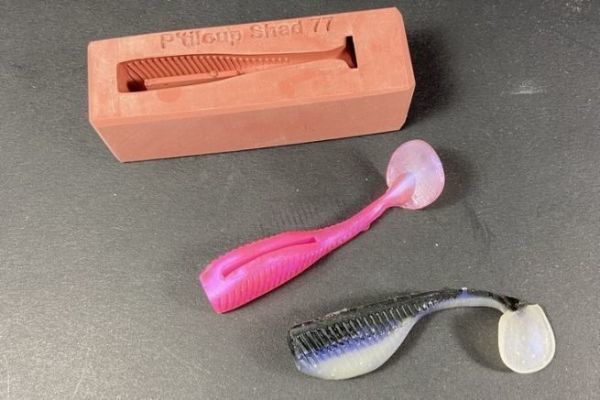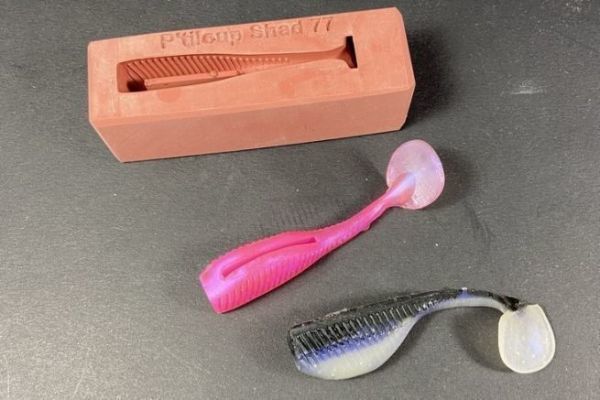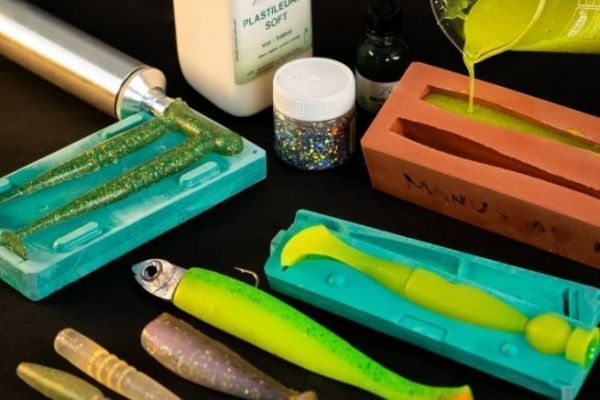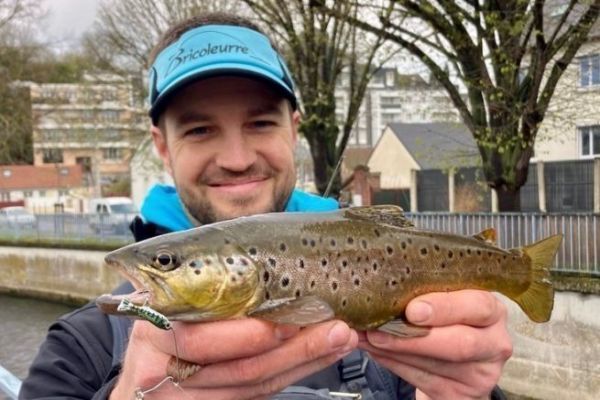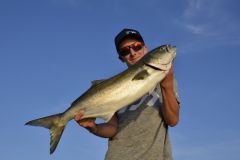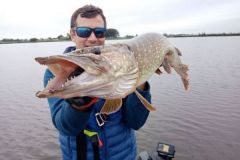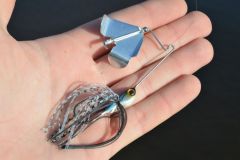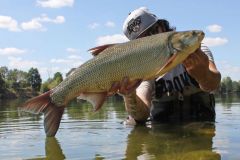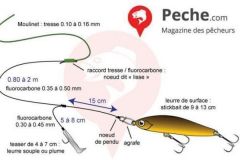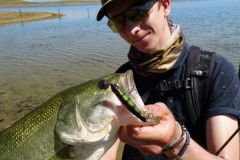Bricoleurre began with soft lures, before developing a complementary range of lead heads, hard lures and accessories.
The principle that most attracted us to the concept was the ability to play on absolutely all the criteria that make up the effectiveness of a lure.
Casting lures has many advantages
- Play on all the lure's technical criteria
- Recycle damaged lures
- Cut costs by a factor of 10
- Lures must be available at all times (5 minutes to sink a missing lure!)
- Possibility of creating exclusive, innovative shapes and colors
But before detailing these major advantages, we need to start with a mold.
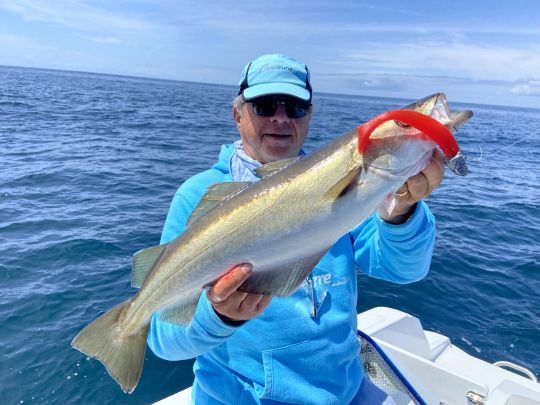
Mussels
In the early days, Bricoleurre only sold RTV silicone, which allows you to make your own molds. For ease of use, most customers started by copying the shape of their favorite lures, but very soon they were into real creation, from the simplest (cutting and pasting the tail of one lure onto another) to the most sophisticated with 3D design.
But we soon realized that making mussels was an obstacle for fishermen starting out in the "home-made" sector, so we developed our own ready-to-use mussels.
This was the birth of the manushad, chrislug, kakouy, etc., validated by winning competitions. This was followed by more classic shapes on the market, available under several brands, such as martroger shad, belly shad, slim shad, etc.
In the short term, we have developed a fine range of 20 to 25 cm lure mussels for big pike fishing this winter: big batter 200 and 250, big rondo, bellyshad 250 etc...
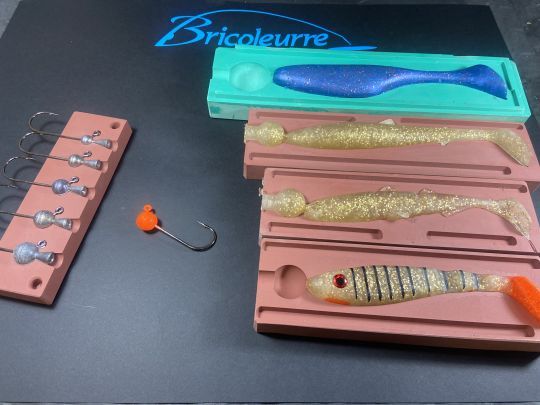
So there are several ways to start casting lures:
- Start with a ready-made mould (a mould allows you to cast thousands of lures without wearing out, and we offer a wide range from 7 to 25 cm, and shads, slugs, jeks, etc.)
- Make your own single-shell mould (very simple)
- Making your own double-shell injection mold (a little more complex)
All tutorials are available on the Bricoleurre YouTube channel !
1 / Play on the technical criteria of lures
As mentioned in the introduction, one of the major advantages of casting lures is that you can play with a number of technical criteria:
- Stiffness (vibration)
- Density (floating/flowing)
- Color (transparent, simple colors, pearlescent effects, iridescent effects, etc )
- Odor (aromas)
- Gloss
Stiffness: the different plasticizers
The vibration - the signal that attracts predators from a distance - emitted by a lure depends on its shape and texture.
One of the major advantages of casting your own lures is to be able to play with this texture, and therefore the lure's swimming action, according to your type of fishing... Lures on the market have a specific rigidity for a given size and weight of sinker.
If you use the lure with the weight specified by the manufacturer, no problem. But if you want to fish very light vertically (in a lake without current, for example, with a small 5-gram lead head), the lure won't swim!
If you put a 50-gram lead head on him to fish in the wind and current, he won't swim either.
Only Bricoleurre allows you to adapt the texture of the lure to your fishing: soft, standard, rigid, super-rigid, each variety has its own rigidity, and you can obtain every nuance by mixing them!
Similarly, you can cast a lure with a very rigid head (for holding) and a very supple tail for vibration...
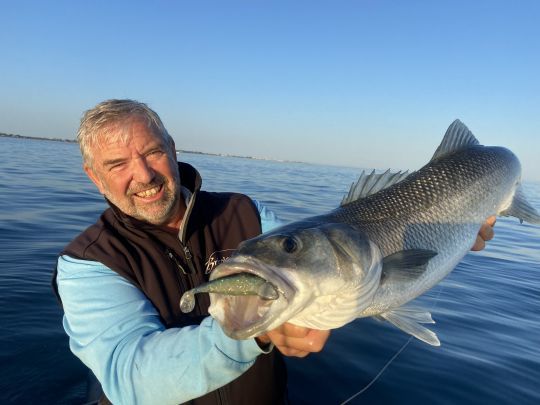
For slugs, the possibility of making "super soft" lures is magical, because you get a sick swimming action with the slightest animation. Lures on the market can't offer this, because they would deteriorate too quickly and anglers wouldn't buy them back (cost and loss of lures). With Bricoleurre, damaged lures can be recast, so there's no loss...
Don't forget rattles, which are very easy to lay down when casting the lure, and give off interesting vibrations. The small ones emit a high-pitched sound corresponding to the crunching of shrimps, the big ones a low-pitched "clonk clonk" at long range...
Density
Making your own lure allows you to adjust the density of the product. Even if the plastileurre is naturally buoyant (important for vertical fishing where the lure continues to work even when stationary, with the sinker head resting on the bottom), you can add light weight to it to fish with a soft lure on the surface (very effective!!) or neutral weight to make it sink weightless with a very natural swimming action.
The colors
A wide range of colorants and glitter is available to create the different colors.
Liquid dyes, which allow the lure to retain a certain transparency if dosed lightly, or to become more opaque if slightly loaded...
Powder dyes, which are more opaque, but give a brilliant "pearly" appearance, very close to the belly reflections of fish.
Iridescent dyes, which generate iridescent reflections depending on the orientation of the light and UV rays (e.g. the purplish-pink reflection of a mackerel's belly).
Glitter, in a variety of sizes and colors, sends out flashes of light by reflection, and perfectly imitates the reflection of forage fish scales.
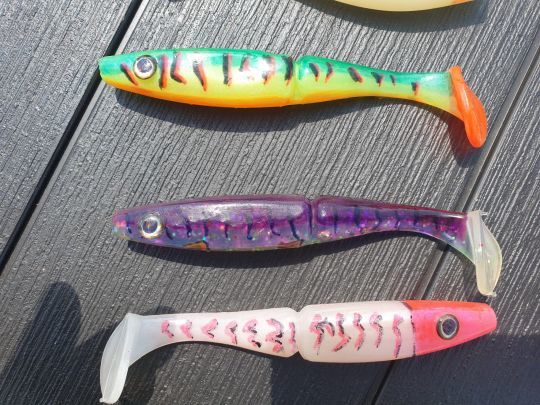
All dyes and glitters can be mixed together, giving free rein to everyone's creativity... They are integrated into the plastileurre once it is hot and transparent, so you can see the color you have achieved. There is no change in color between the casting (hot) and the finished product.
Finally, there's also the solution of soft lure felts. These special felts hold onto the plastileurre, and don't diffuse into the lure. Back, stripes, tail - in a matter of seconds, the lure is decorated or customized. This method is mainly used for double-shell cast or injected lures.
Smells and aromas
As aromas are highly volatile molecules, especially when exposed to heat, they should not be applied before casting the lure, but afterwards. Put a few drops in a plastic bag and place the lures in it. The aroma enters the lure from the outside and diffuses inside, as the aroma carrier is the plasticizer in the plastileurre. These elements often trigger an attack.
The casting process
The manufacturing process is simple. Simply heat up the Plastileurre (microwave or saucepan). It becomes transparent, colorants and glitter are added, stirred, poured into the mold and it's ready! Leave to cool for a few minutes in the mold, then remove the lure from the mold and place in cold water for a few hours... And you're done!
No need for release agents, as silicone does not adhere.
You can give free rein to your creativity, casting several layers in a row for different colors between belly, flanks, tail and back...
For very round shapes, double-shell molds are used. Most shapes can be gravity-cast (vertical molds). For small sizes (less than 10 cm), thin shapes, or sophisticated shapes such as crayfish legs, we recommend injection molding.
Injection is simple: fill the injector with hot plastileurre, push the plunger a little to eliminate air, then push into the mold. Leave to cool before unmolding. Then decorate with a felt-tip pen...
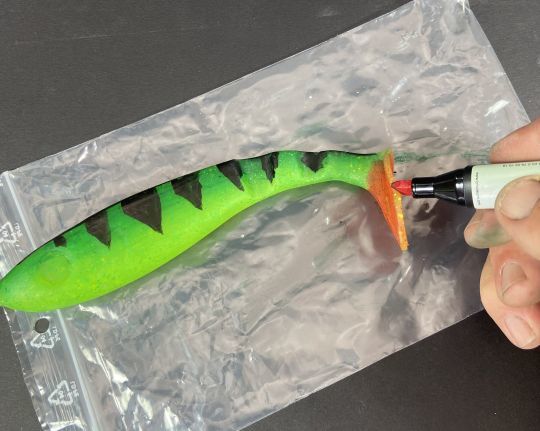
2/ Recycling damaged lures
Many people talk about recycling, but at Bricoleurre, we do it!
Once a lure has been damaged or shredded by a fish, it's no longer a waste! All you have to do is keep the leftovers, then sort them a little by color. In fact, the colorants remain, so if you want to cast blue, for example, you can incorporate up to 30% blue lure off-cuts, with 70 of fresh plastileurre. Heat, add a little extra colorant if necessary, and cast!
Note that silicone moulds are also recyclable our YouTube tutorials .
3/ Divide costs by 10?
Prices for soft lures, already high, have soared even further since the COVID crisis, with sharp increases in transport costs.
Let's make some comparisons:
Small 12 cm sandeel-type lure, a bag of 6 lures costs around ?15 for the cheapest, i.e. around ?2.5 per lure. Each lure weighs around 9 grams. That's nearly 110 lures per liter of plastileurre at ?19, or ?0.17 per lure, to be topped up to nearly ?0.20 when dyes and glitter are taken into account. So we're more than 12 times cheaper...
Average lure: shad type, 14 cm, often sold in packs of 2, priced between ?2.5 and ?3.5 each. Such a lure weighs around 18 grams, or 55 lures per liter, i.e. ?0.35 each. That's 10 times cheaper...
And all this without calculating the savings and ecological virtues of recycling... !
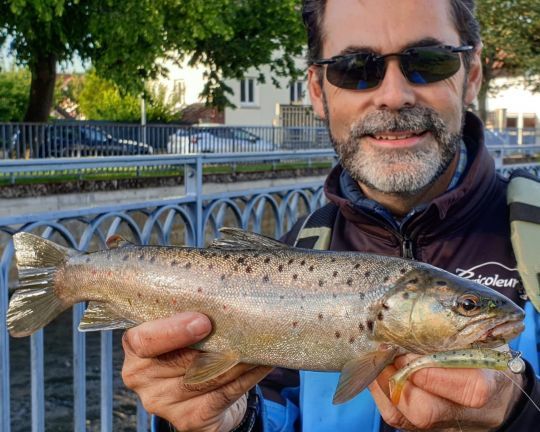
Decoy availability at all times
Who hasn't been frustrated by losing the last lure of a model, when it was precisely that model, that size, that color that worked? What to do tonight or tomorrow...
Back from fishing, usually the nearest store is closed, and at best, if it's open, it never has the model you're looking for!!!!
When you sink your lures, there are several solutions...
The first is to have a few neutral lures in your bag or on board, such as a slightly pearly white lure, and a pair of soft lure felts. In a matter of seconds, you've got the color you want and you're ready to fish...
The second is to cast a few lures on the way home! In 10 minutes, we cast 10 lures, with the right size and color.
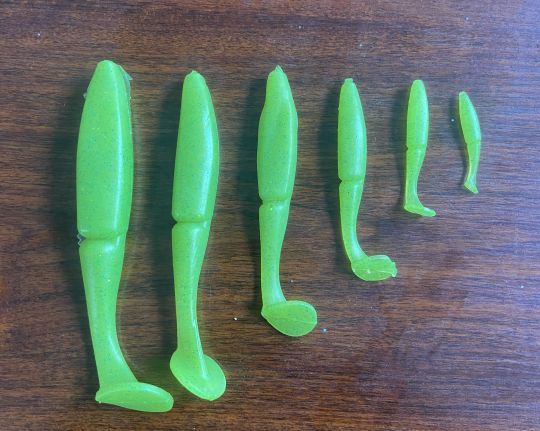
4/ Create your own shapes
After a bit of practice with ready-made lures, all anglers get down to the creative side of things, starting with an existing lure and developing it further (by making it longer, wider, changing the tail, etc.).
But more and more people are making their lures, and then their molds, in 3D, but this requires a certain skill!
But whatever method you use, what a pleasure it is to catch a fish with a lure you've imagined, dreamed up, worked on, modified and made yourself...
In short, today, making your own soft lures is modern, ecologically responsible through recycling, creative, accessible to all and economical!
Why deprive yourself?


